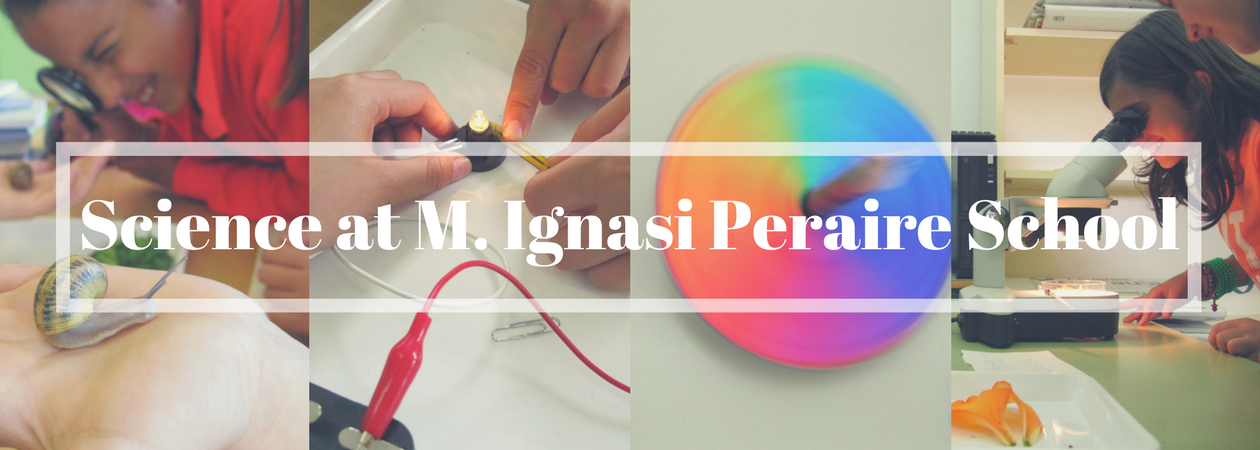Good afternoon 6th Grade!
Let's meet the April's Scientist of the Month...
GALILEO GALILEI
Galileo Galilei was born on 15th February 1564 in Pisa, Italy. He is considered the Father of Modern Science, for all the discoveries, theories and experiments he made.
He studied Natural Forces and he was the first person to publish his astronomic observations through a telescope. He discovered:
- The Milky Way is made of
many stars.
- The moon has got
mountains and craters.
- He saw
four moons of Jupiter (called the Galilean Moons)
-
Sunspots (dark areas of the Sun)
-
Planet Venus has light and dark phases.
So, he concluded that THE SUN IS AT THE CENTRE of the Solar System and NOT the Earth.
Unfortunately, the Church didn't like his opinions and arrested him.
Please, don't forget to watch this video about Galileo Galilei:






















